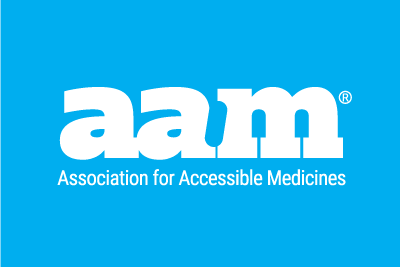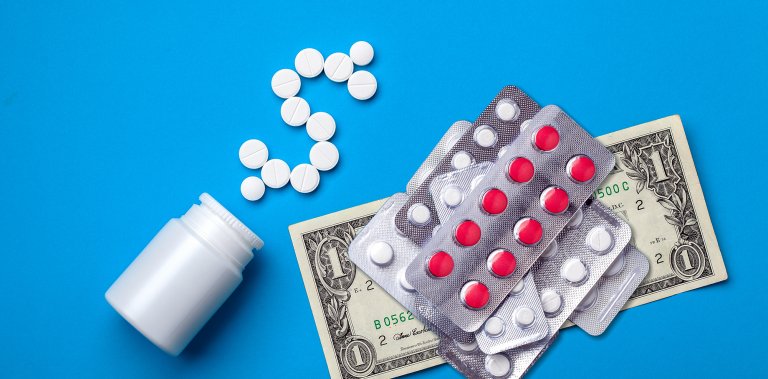America’s patients continue to cite high prescription drug costs as a major issue, and the Trump administration has responded with a series of proposals to reduce out-of-pocket costs for patients and overall spending on high-priced brand drugs.
While its recent, bold proposal to ban brand drug manufacturers from offering rebates for preferred formulary access for their products in Medicare Part D grabbed the headlines, the Department of Health and Human Services (HHS) released a more modest proposal that, if implemented, would immediately lower patient spending on drugs by a large degree. In its call letter outlining policies for Medicare Advantage and Medicare Part D prescription drug plans for 2020, the Centers for Medicare and Medicaid Services (CMS) suggests the straightforward proposition that generic drugs belong on plans’ generic drug formulary tiers with low copays instead of co-mingled onto tiers with costly brands as they are today. This little-known practice of putting generics on brand tiers is commonplace and costly for patients, and change is overdue.
Here’s how it works – plans sometimes place expensive brand-name drugs on low-cost tiers because brand manufacturers can offer plans high rebates for preferential tier placement. At the same time, plans can place lower-priced, affordable generic drugs on higher-cost tiers. As a result, high-priced brand-name drugs are less costly to the plan, but patients are required to pay more for generics. The practical effect of adding generics to a brand-drug tier is not just window dressing – rather, it means higher out-of-pocket costs for America’s patients.
In fact, last year, a report issued by health care consulting firm Avalere Health determined that this practice in Medicare Part D formulary placement for generic drugs – saddling patients with higher copays for the use of low-cost generics – caused seniors to pay an extra $6.2 billion between 2011 and 2015. This means that seniors using low-cost generic drugs were forced to pay billions more for low-cost medicines even as the prices of their drugs declined.
This is a critical issue. Instead of using higher co-pays for generic drugs to conceal rising brand-name drug prices or being locked into higher-priced brand drugs because of rebate traps, health plans and policymakers can help patients by ensuring that generic and biosimilar medicines are immediately placed on accessible, low-cost tiers.
America’s patients and taxpayers should receive the full value of competition from more affordable generic and biosimilar medicines. And it’s important to the nation’s budget. Last year, HHS noted that the federal government spent $9 billion on brand-name drugs that have an FDA-approved, therapeutically equivalent generic alternative. Choosing generics in these situations would have yielded $3 billion in total savings for Part D, including $1.1 billion in out-of-pocket savings for patients.
We commend the administration for its innovative efforts to address the high prices of brand drugs by supporting competition, and we look forward to working with HHS and all other stakeholders to identify and remove all barriers preventing patients from receiving generic and biosimilar medicines.
By Craig Burton, AAM Vice President, Policy




